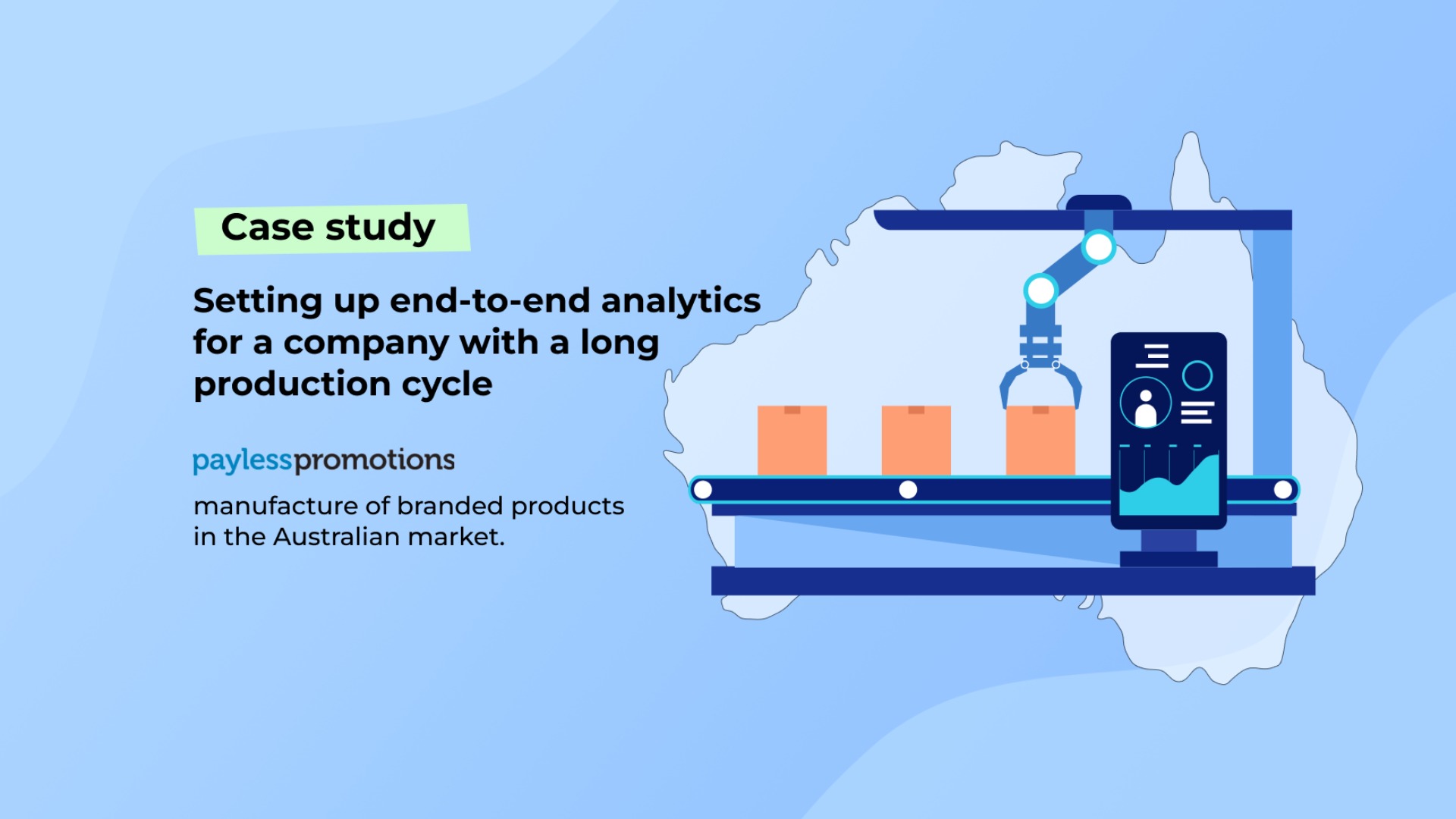
Digital Marketing
Setting up end-to-end analytics for a company with a long production cycle: a case from Australia
Prior to contacting us, Payless Promotions only kept accounting records without tracking marketing campaigns. We provided them with a structured data warehouse, a system for end-to-end analytics, taking into account the specifics of the business. Now the company can make decisions based on data about traffic sources and their costs.
What was the main challenge in this project?
The main difficulty of the task was that between the day when the order was received and the date when you can take the profit, there were 40-60 days on average. Because of this, it was impossible to assess the return on investment in advertising using standard e-commerce tools.
The site does not have a traditional e-commerce way of buying a product, as this is a custom product that is made for the consumer. The final cost depends on the quantity, material, invoice, shipping cost and other characteristics of the goods.
What was your solution or approach?
It was decided to integrate e-commerce in two stages.
Stage 1
1) Setting up Google Analytics, streaming cost data using OWOX BI.
2) Setting up the transfer of data on completed orders to Google Analytics via the Measurement Protocol.
3) Implementing the SourceBuster scrip
Stage 2
Combining data based on exports from CRM and Google Analytics
ROAS Summary Report Architecture
1) Once a week, sales data is uploaded from CRM using a connector, in which there are fields by traffic sources (marked under SourceBuster).
2) Similarly, once a week, Google Analytics uploads data on traffic sources with the following fields: date, source/channel, clicks, sessions, costs.
3) With the help of massive transformations, 2 tables are formed, which we connect by the key “date/source/channel/campaign/»
- from GA, we take data on costs and traffic for the date
- from CRM, we take data on applications (leads) on the date and subsequent completed orders with data on profit.
What was the outcome or impact for the client?
Before contacting the agency, the Client was only accounting. He took the amount spent on marketing, divided it by the profit received, and approximately saw the total marketing payback. Based on this data, it was impossible to make decisions at the source or campaign level.
After we have introduced the changes described above, the Client began to conduct high-quality optimization of his advertising campaigns according to parameters that he had not tracked before: Cost Per Lead, Сost Per Order, ROAS and the share of the advertising campaign in the total profit received.
By connecting end-to-end analytics, the Client was able to refine the analysis to the level of an ad group and a keyword. The Client started working on optimizing campaigns in Google Ads. He saw, for example, that within the same ad group there is a mixed demand — commercial (B2B) and end-user (B2C) requests. It was decided to cut bids on campaigns and groups that did not pay off in the quarter.
The client received a structured data warehouse, a system for end-to-end business-specific analytics, which is an accurate tool for deciding on traffic sources and costs.
Other case studies from Roman.ua
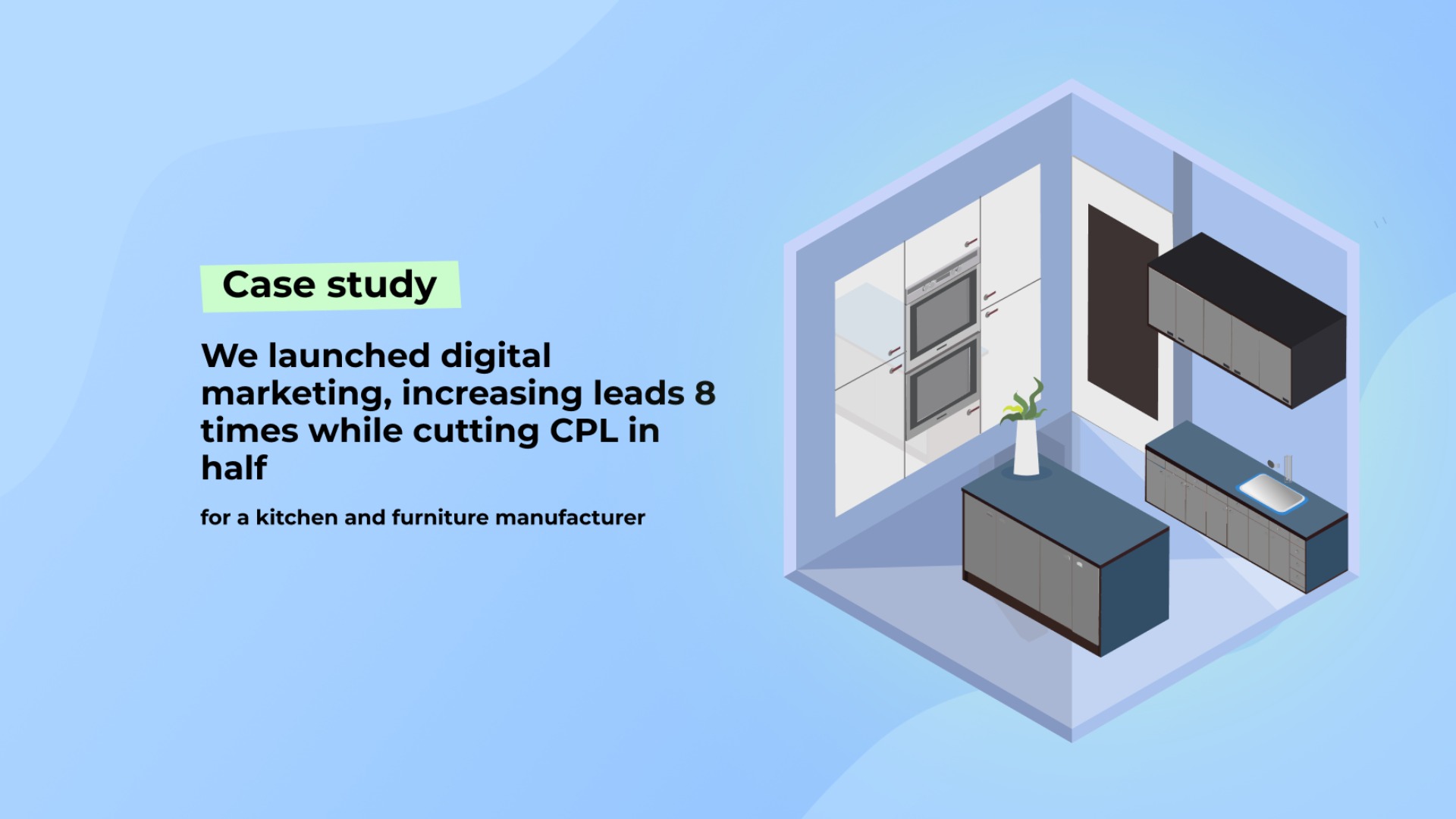
Digital Strategy development
We launched digital marketing for a kitchen and furniture manufacturer, increasing the number of leads 8 times while cutting CPL in half
Search Engine MarketingDynamic remarketingGoogle shopping campaigns+7
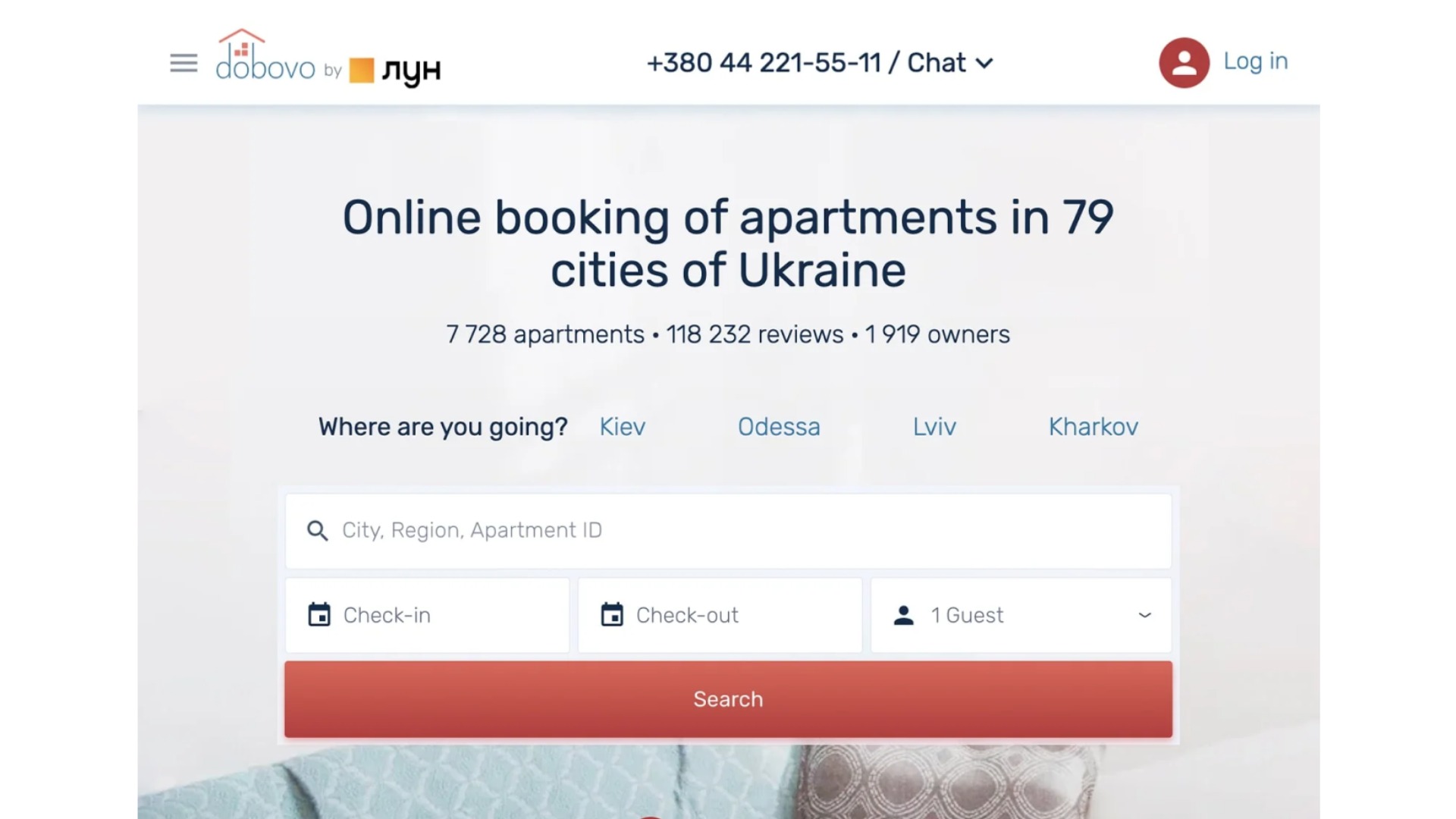
Email Marketing
How to build a trigger mailing system with Mandrill
PPCSearch Engine MarketingDynamic remarketing+4
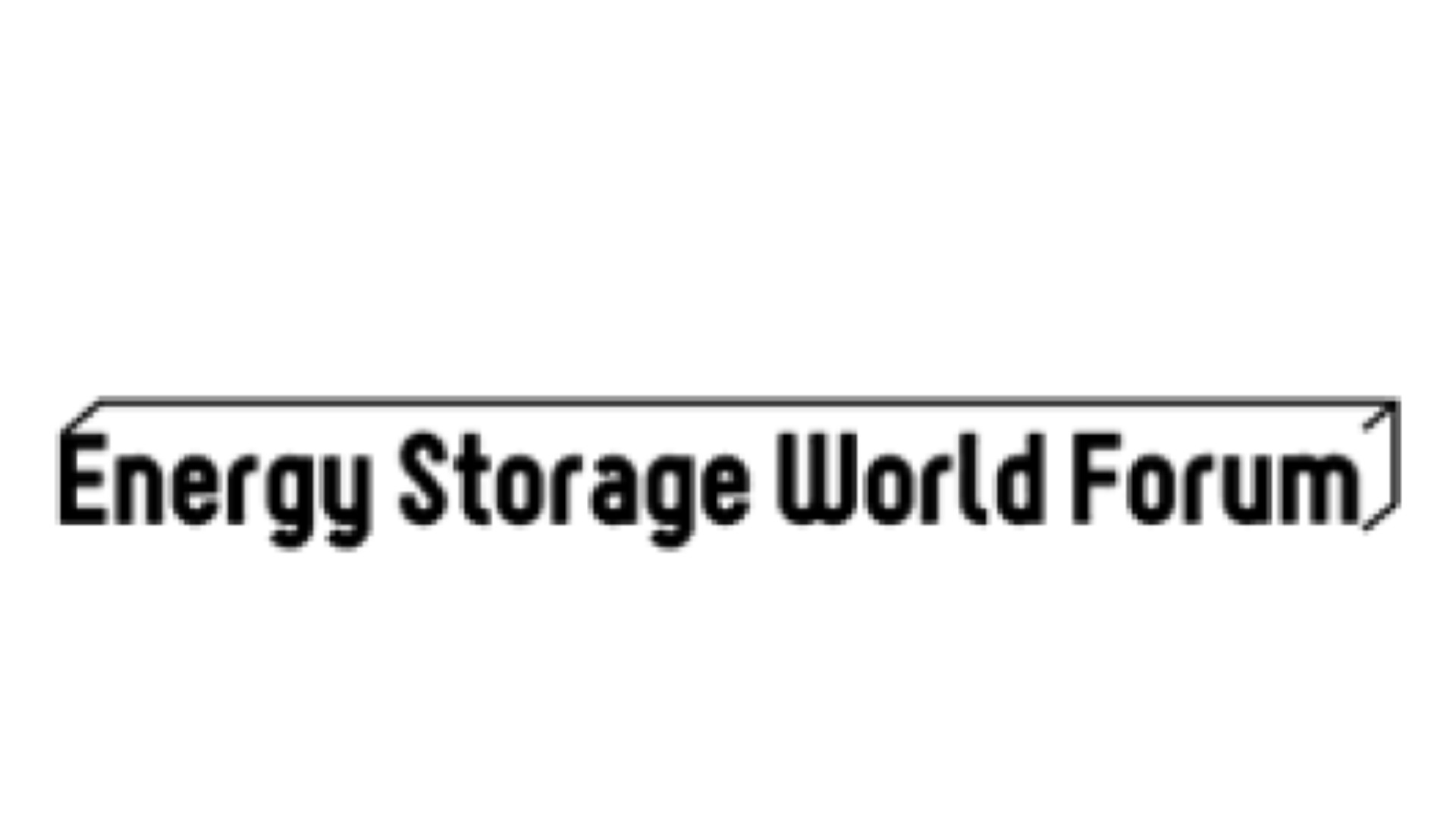
Digital Strategy development
Marketing director for conference organizer
Digital strategyemail marketingMarketing director

Digital Marketing
Web Analytics for Manufacturer of gamers devices
web analyticsdata consultingsearch engine marketing+1
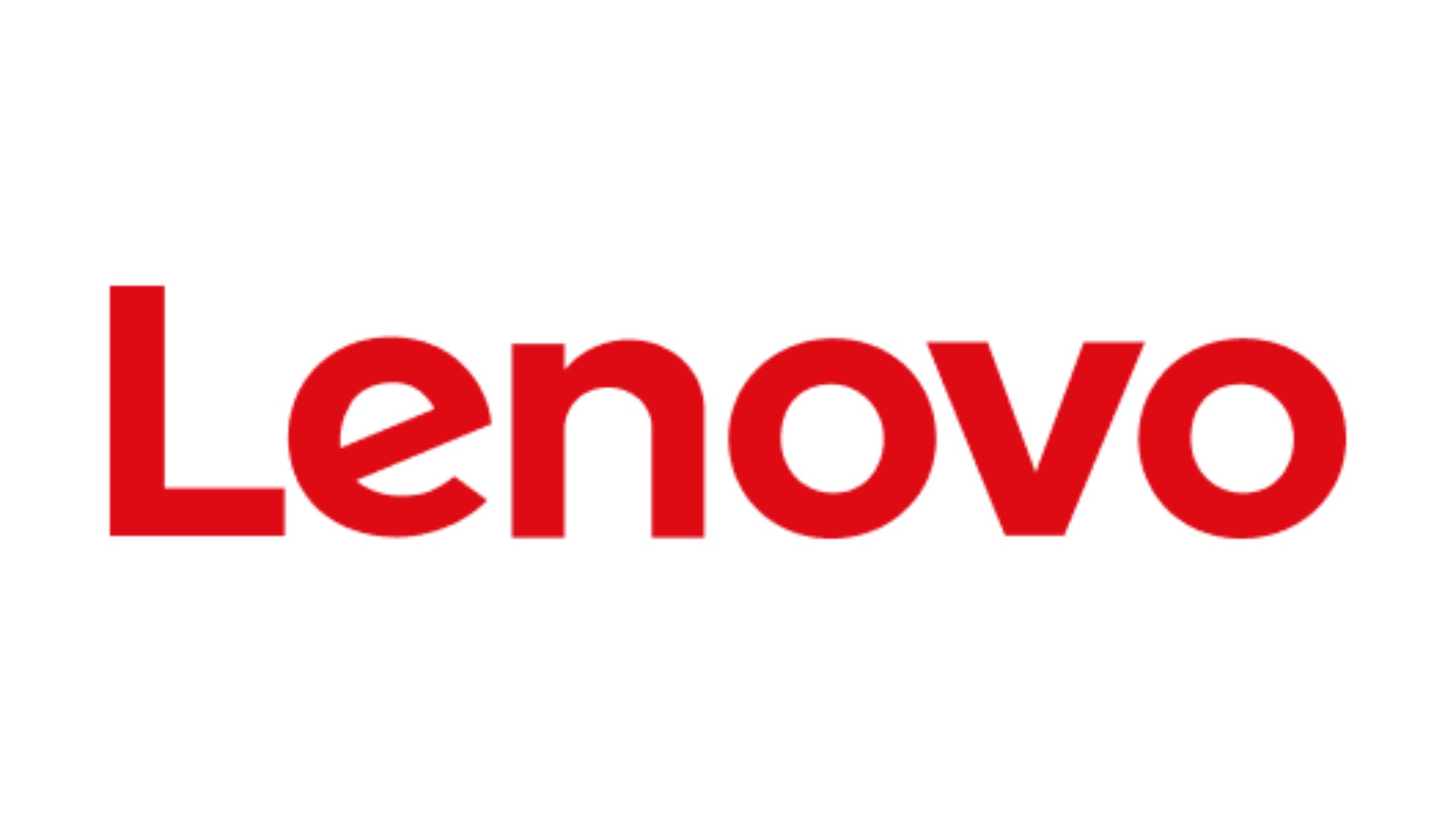
Digital Marketing
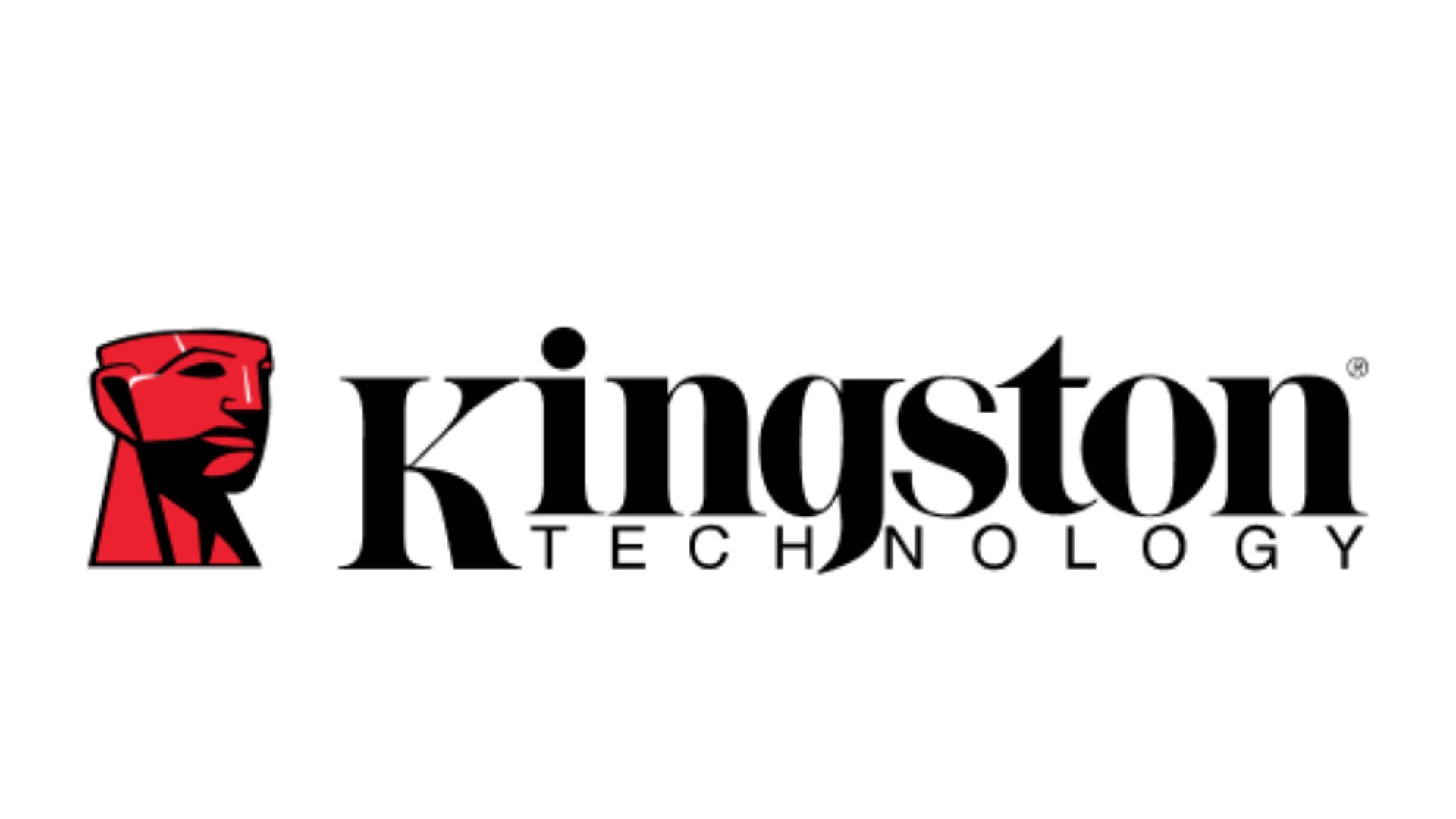
Pay Per Click
Other digital marketing case studies
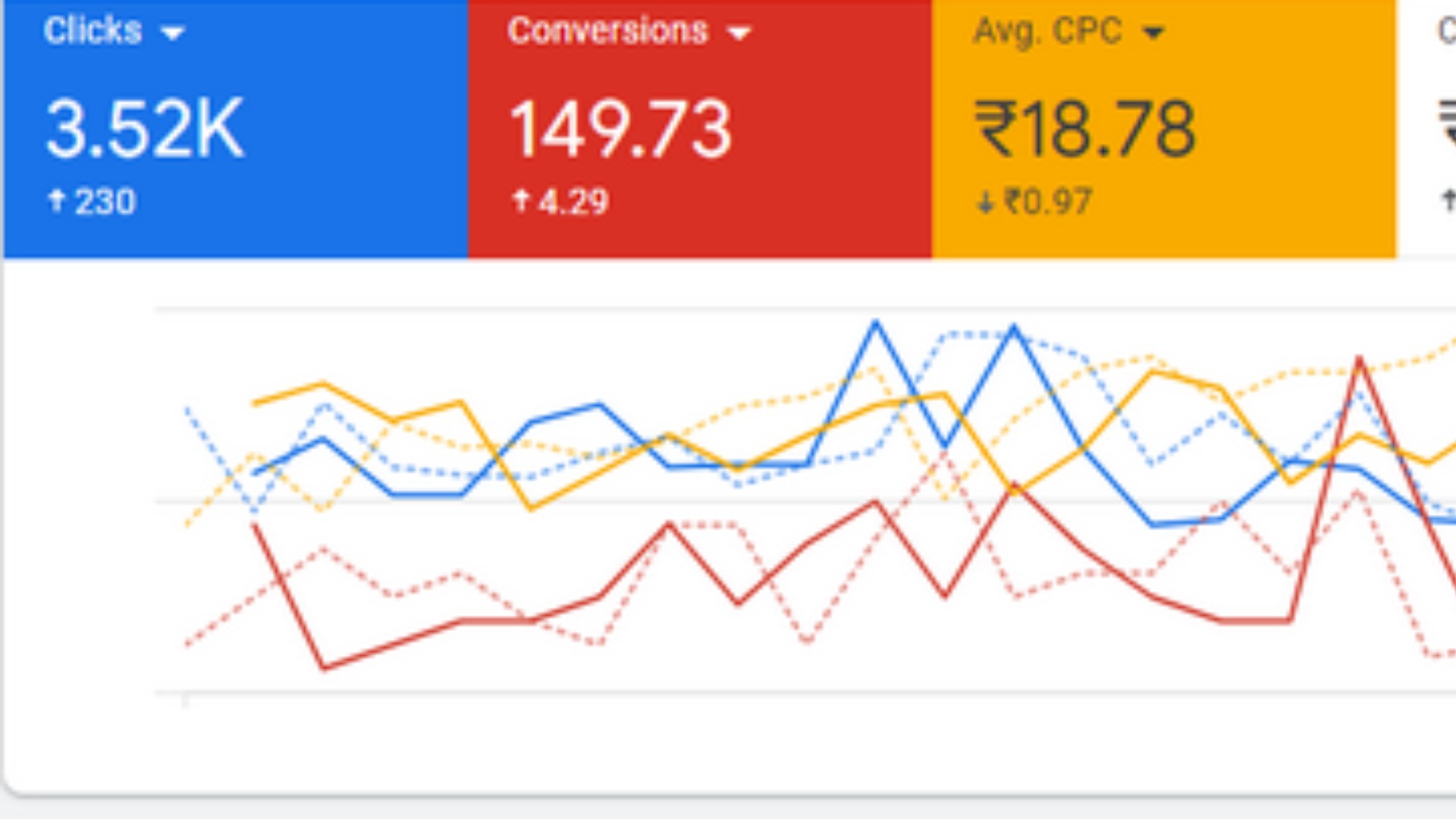
Digital Marketing
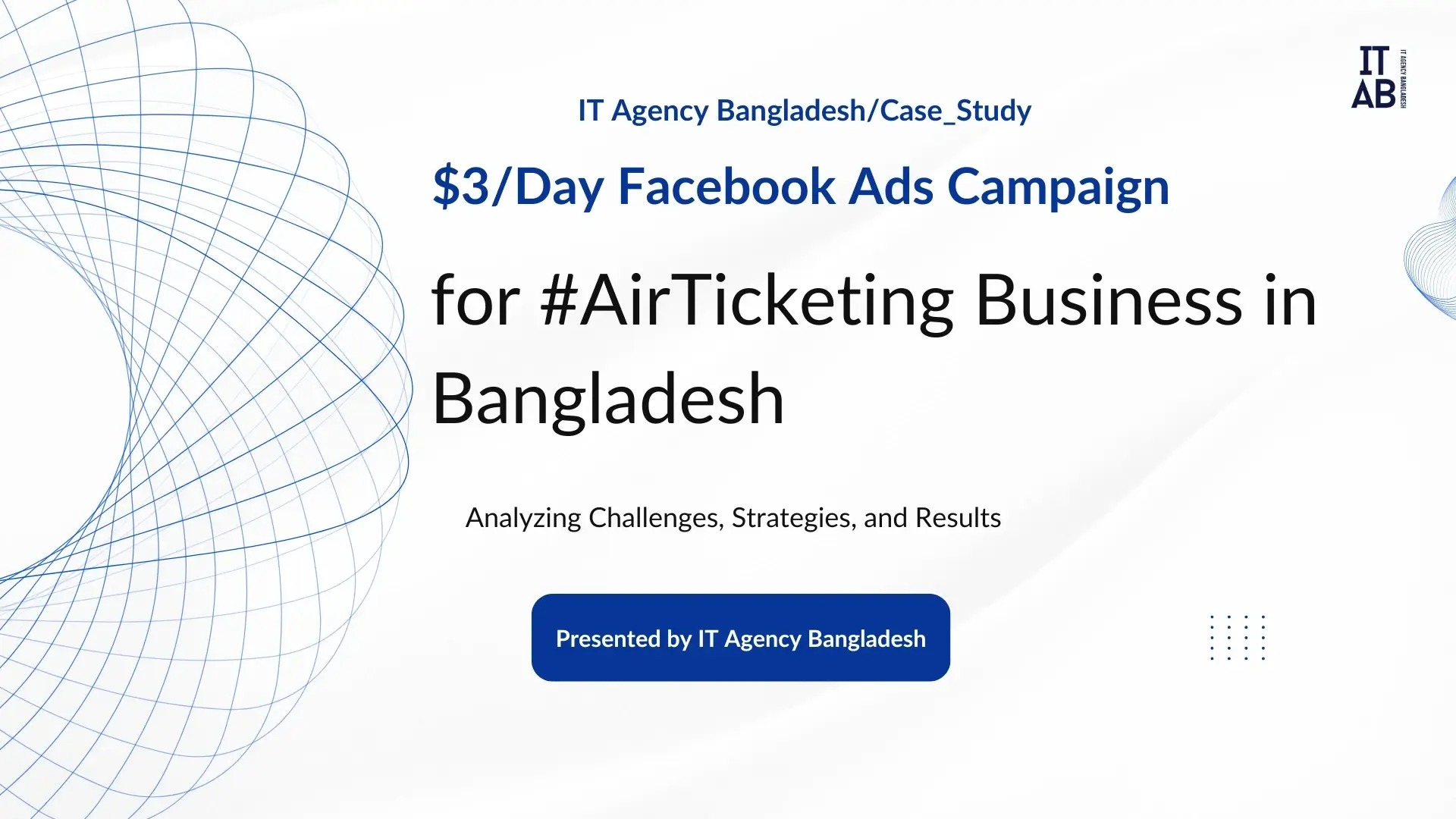
Digital Marketing
IIT Agency Bangladesh
How We Generated Quality Results for an Air Ticketing Business with Only $3/Day Facebook Ads Campaign.
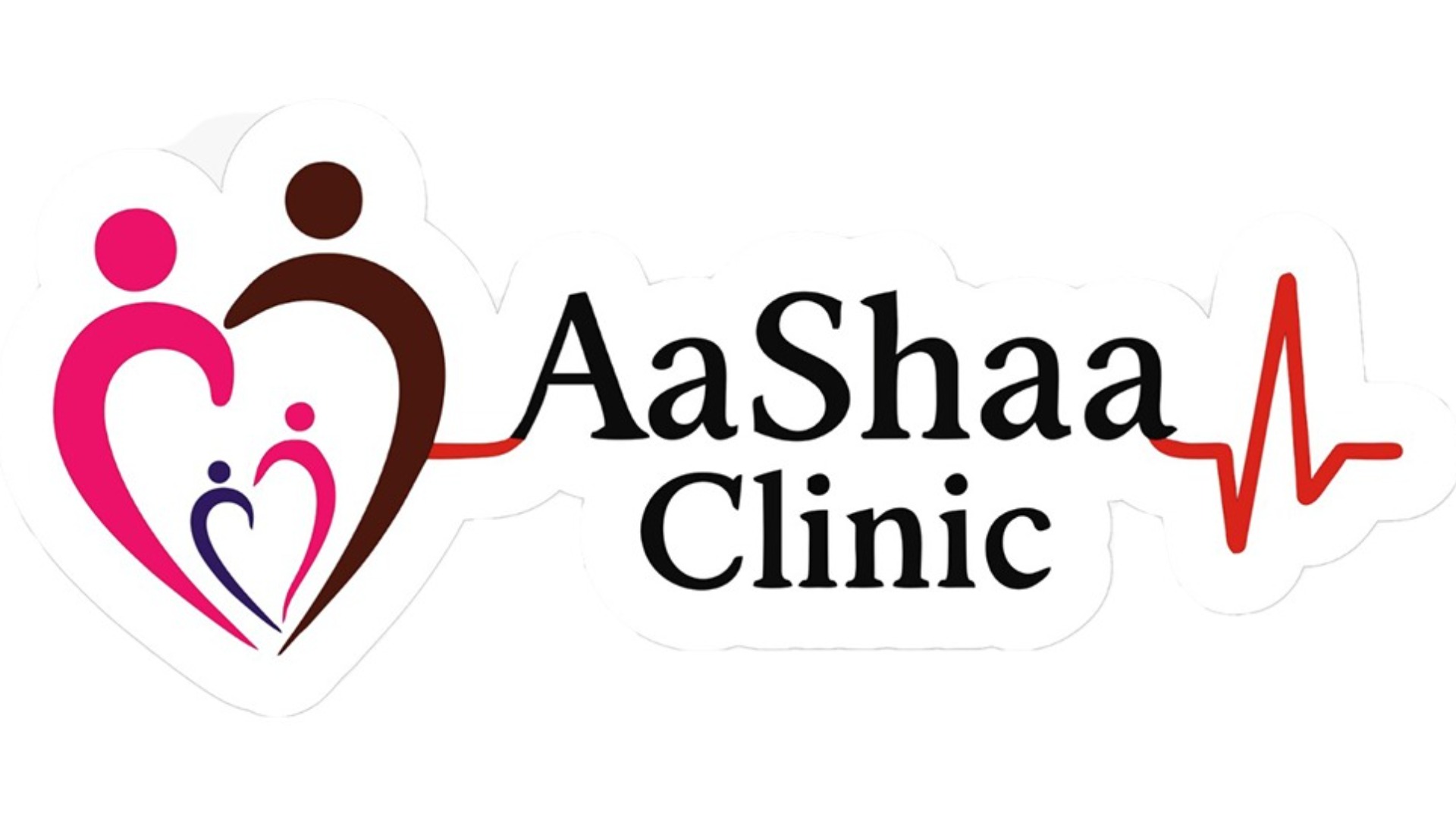
Digital Marketing

Digital Marketing
EExcella PPC
Digital Marketing For E-commerce | Leading Baby Products Brand
google adsmeta adsfacebook ads+6

Digital Marketing
GGalaxxia Marketing
32% de aumento na média de venda de produtos nos últimos 12 meses e 74,9% de aumento de vendas MAIO 2018 x MAIO 2019
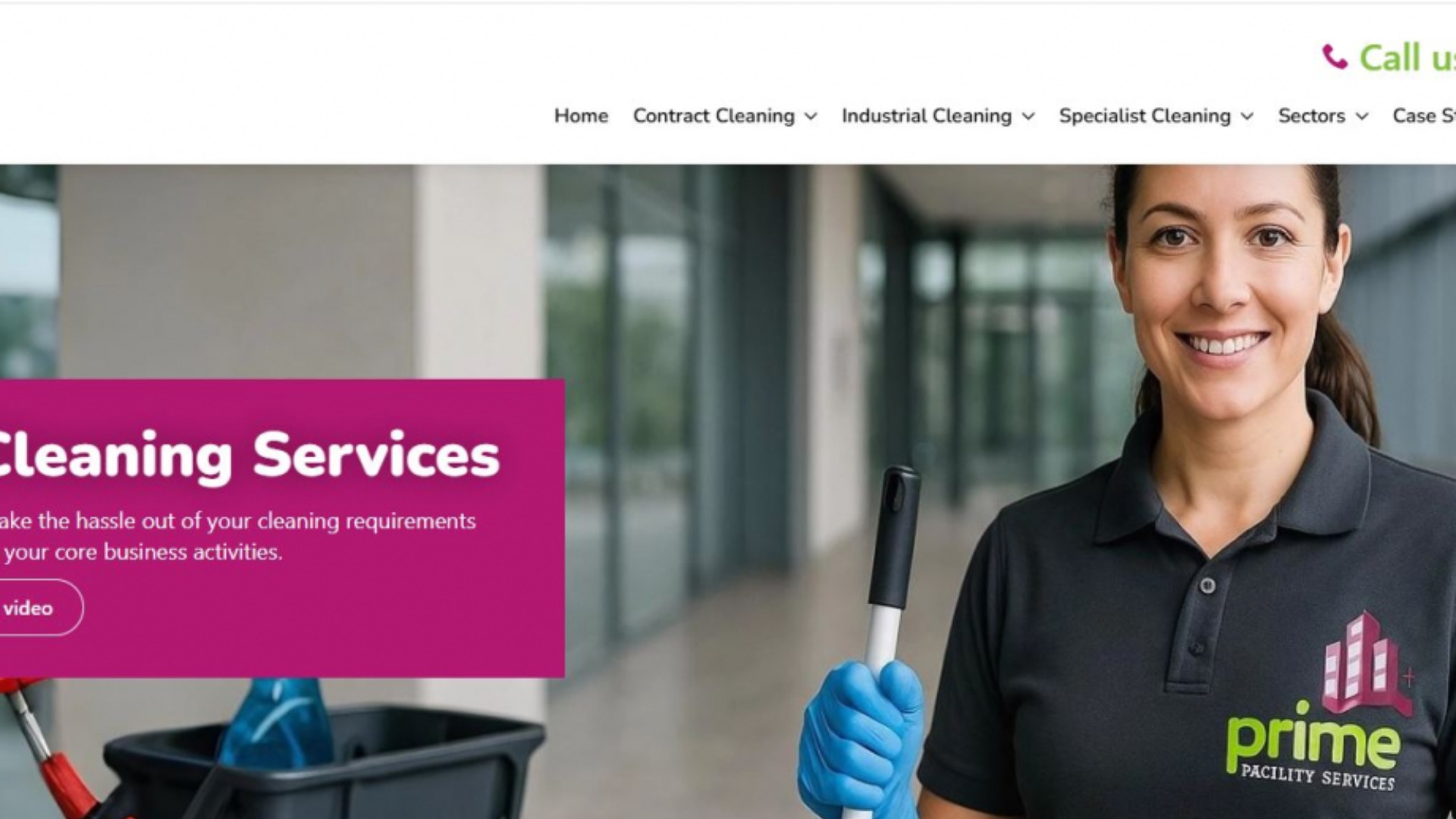
Digital Marketing
OOdyssey New Media
Search Marketing & Website Design for Prime Facility Services
WordPressSEOSearch Engine Optimisation+3
Project Details
Need similar services?
Agencies providing digital marketing
Posted this
R
🧩 PPC, Web Analytics, Email Marketing Experts
A
From KANPUR FOR THE WORLD
C
Crafting Digital Success, One Brand at a Time
L
Proven Digital Marketing Success Stories & Brand-Building Tips
S
Øk synligheten din på nett med vår SEO Strategi
A
Designing amazing Webflow websites for business growth 🚀
S
StrikeIT – SEO, Development & Digital Marketing Company
M
The Marketing Partner for Microsoft Partners
H
Not Just Digital—Intelligent
a
In love with marketing since 2013.